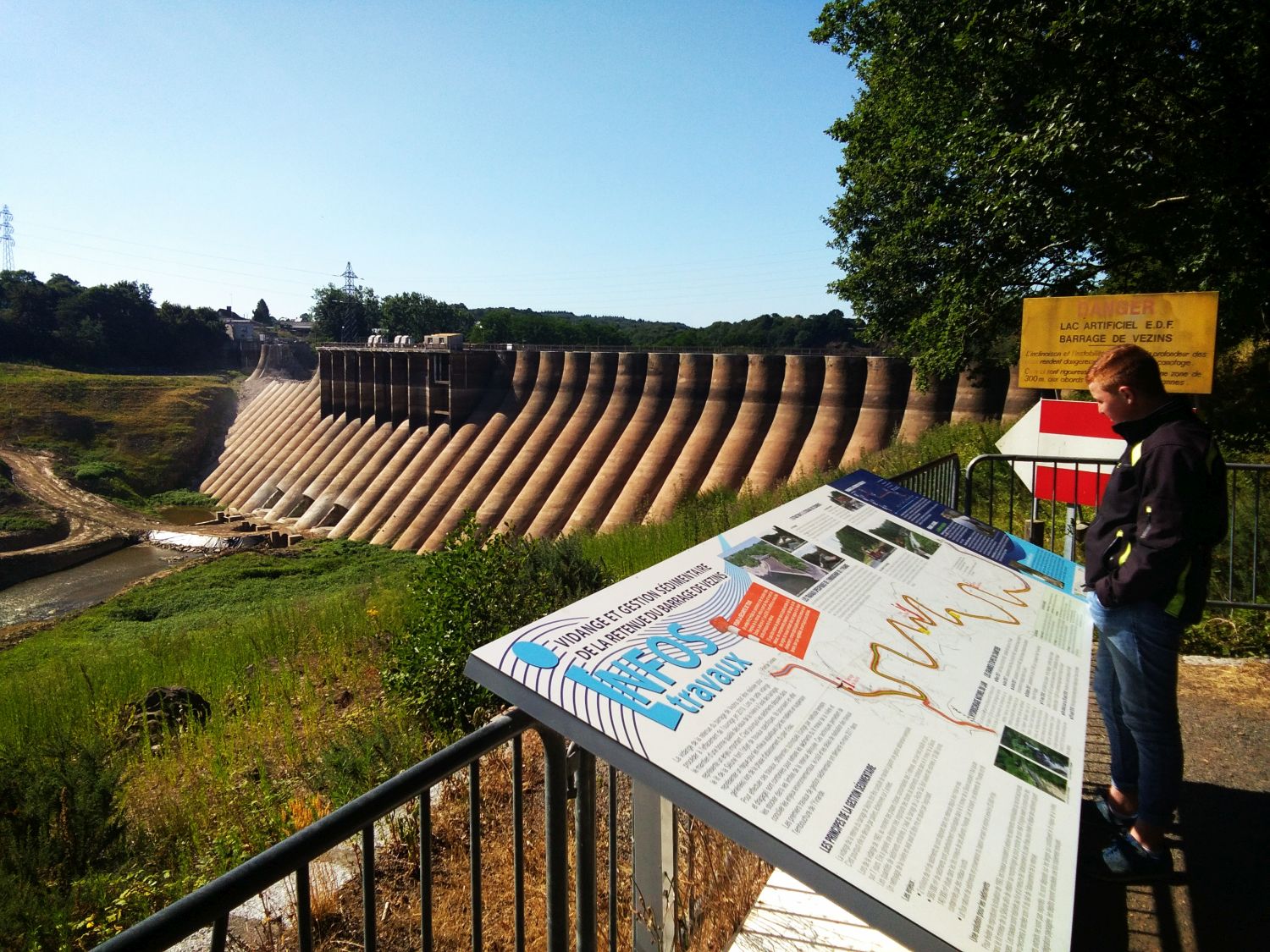Work in Progress
Notes of Eco-Pilgrim by Eugene Simonov
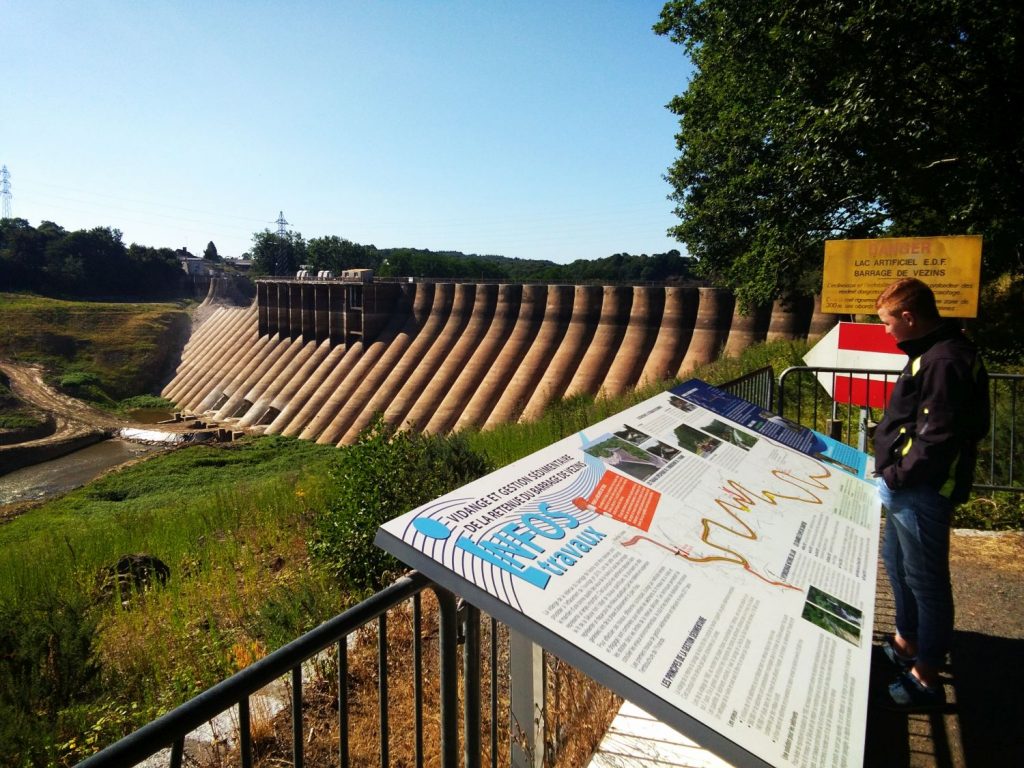
RwB’s Eugene Simonov spent his “Tigris River Solidarity Day” at Selune River in Normandy, where two dams are being decommissioned to restore ecosystem and spawning paths of Atlantic Salmon. These are his notes from this trip.
The hydroelectric dams of La Roche-qui-boit and Vezins were built on the Sélune in 1914 and 1927 respectively. They constitute an insurmountable obstacle for migratory fish that frequent this coastal river. Given the severe impacts, the unfulfilled regulatory obligations made previously to bring them up to standard, water quality problems generated by reservoirs, the low energy productivity of facilities, removal of the dams at the end of the concession period back in 2007 was requested by NGOs and also the representatives of governmental commissions. In summer 2019, the Vezins dam is being dismantled. Work on the Roche-qui-goit dam is planned for 2021. An important scientific monitoring program has been supporting this project since 2012 (see more on ERN web-site https://www.ern.org/en/selune-libre/).
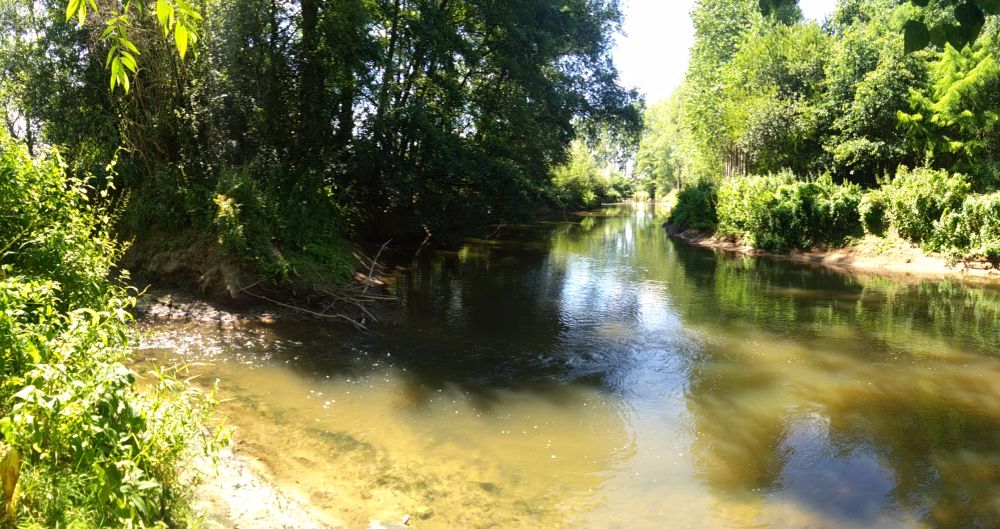
“The removal of the Vezins Dam signals a revolution in Europe’s attitude to its rivers: instead of building new dams, countries are rebuilding healthy rivers and bringing back biodiversity,” says Roberto Epple, president of European Rivers Network and 2018 Euronatur Award recipient. “Nature can recover remarkably quickly when dams are removed and I look forward to watching salmon swimming past Mont St Michel and spawning in the headwaters of the Sélune for the first time since my grandparents were young.”
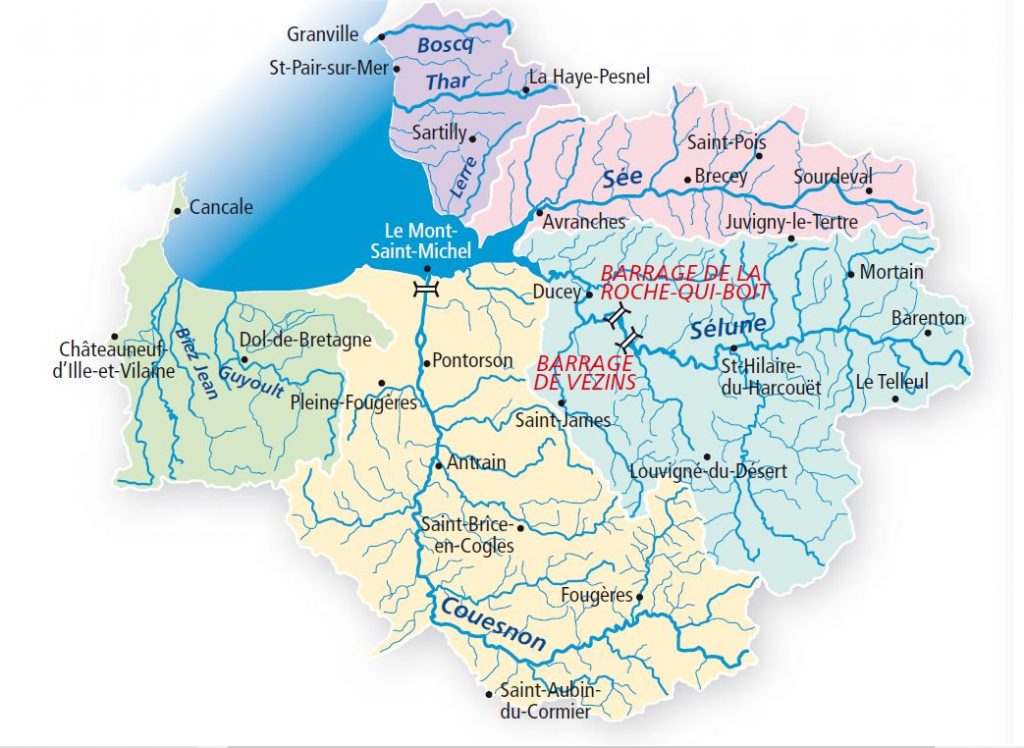
Selune river basin (Source: ERN. Let’s adopt the Selune!)
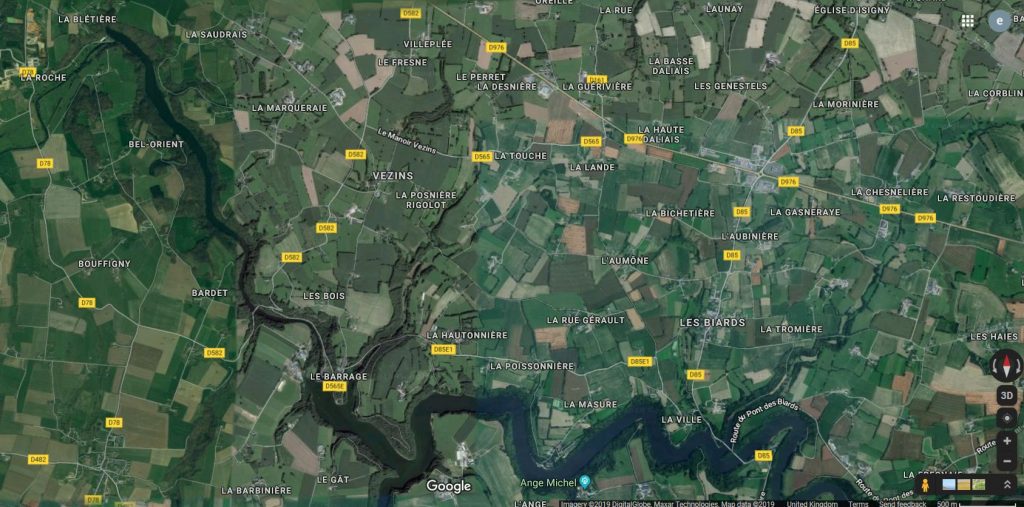
Only now, after return home to China, I realized that first time in my life I conducted a real pilgrimage. For pilgrim is a believer, who travels through hardships to witness an object or process or a miracle that is symbolizing his beliefs. So did I – I traveled to witness demolition of large dams in Europe.
The task is huge: the La Roche-qui-Boit dam is 16 meters high, while the Vezins Dam is 36 meters tall. Fortunately both dams are very light, built using “multiple vault” design allowing to hold huge water volume behind relatively thin vaulted wall reminiscent of a giant artificial jaw.
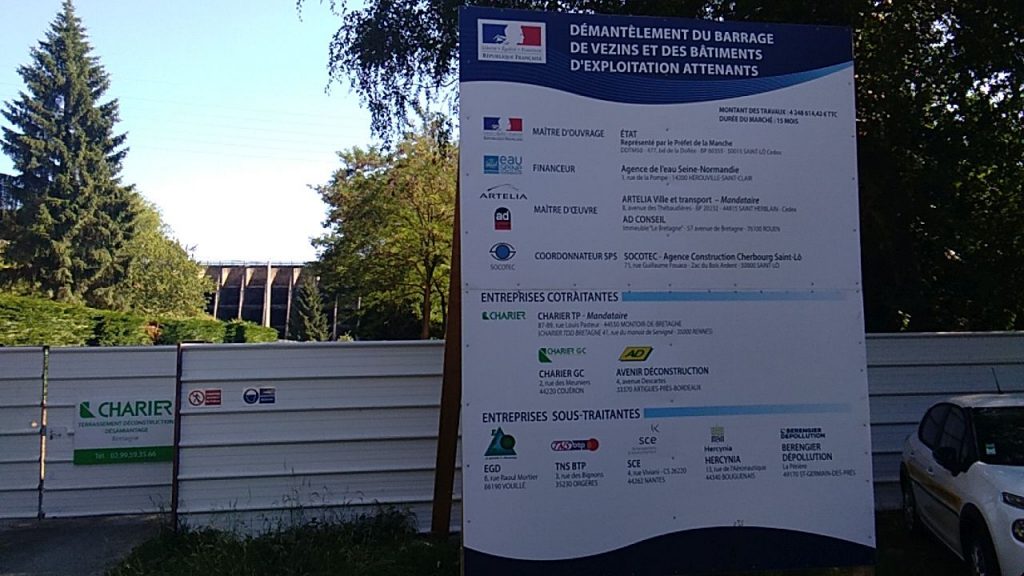
A century old La Roche-qui-Boit Dam located downstream is still waiting outcomes of demolition of the younger but larger sister –the Vezins Dam, which holds most of suspended sediments. Presently La Roche-qui-Boit Hydropower Plant looks like a ghost town – all buildings are deserted, windows broken, the signs of EDF Company promise immediate retaliation to encroachers, but you come, walk everywhere and no one reacts. I ate my lunch on the top of the dam near dead entry into penstock and met no one to answer my questions. In future these stone buildings may become excellent home for a Selune River museum.

So I walked on to the main scene of action.
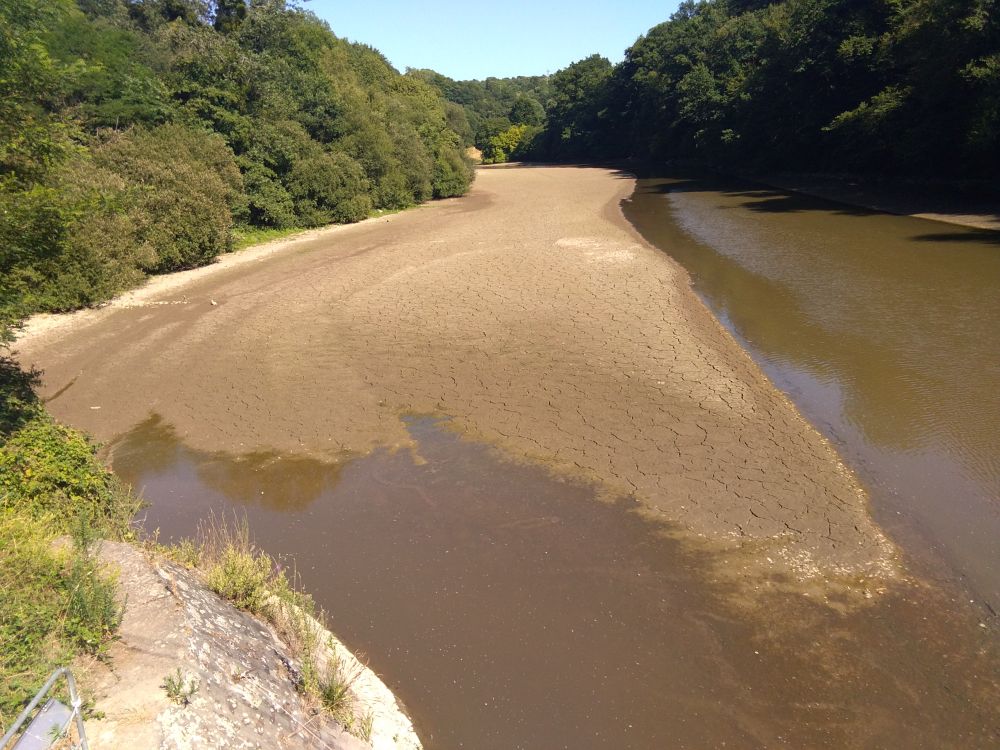
Emptied Reservoir of La Roche
Dam Await Revegetation
Each riverbank of the Selune bears clear warning “Keep off the shore! Hydrodam is upstream and can release an artificial flood in any moment”. I recommend all those talking about dams as means to ensure flood safety come and read dozen of those signs along the Selune River, which cautioned locals for at least a past century.
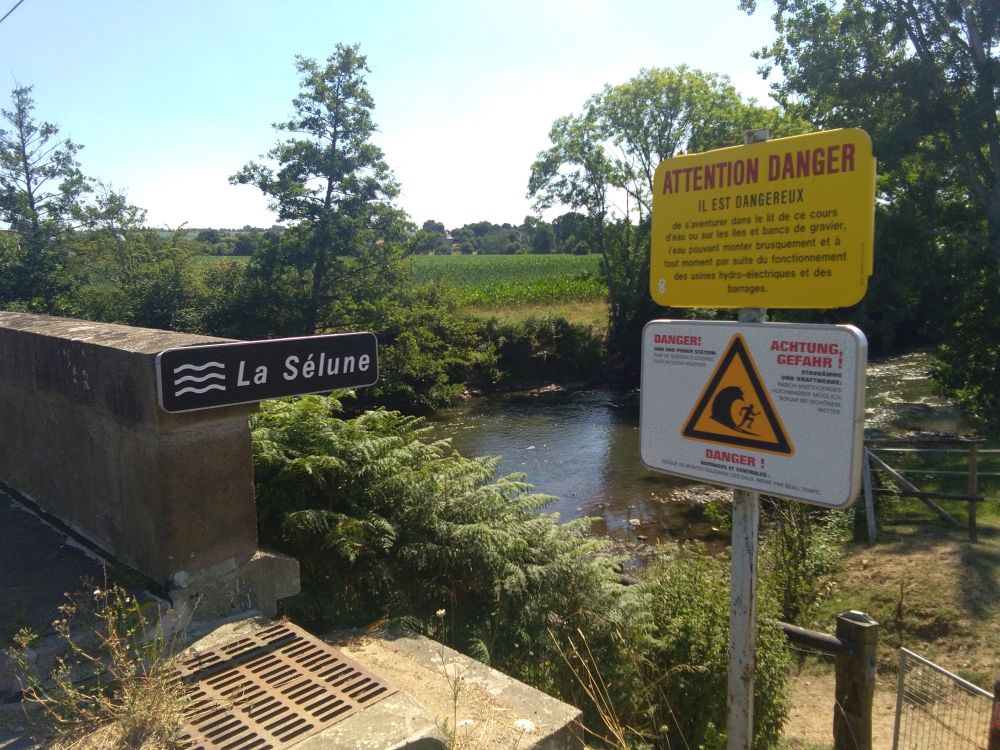
The Vezins’s Dam located 10 kilometers upstream is undergoing real demolition. After 20 kilometer long walk I arrived at the site minutes before 6 p.m. in the evening, but three bulldozers and excavators were still meticulously destroying the machine house of hydropower plant and southernmost part of the dam itself. Considerable progress has been achieved since June 12, when pictures from the first day of demolition were presented by European River Network: by July 15 one machine house is fully gone and 3-4 upper sections of the dam have a wide lateral breach.
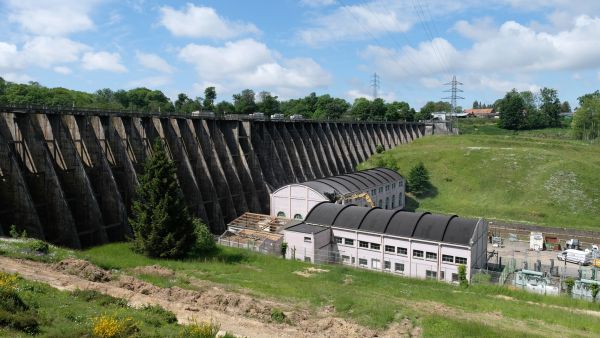
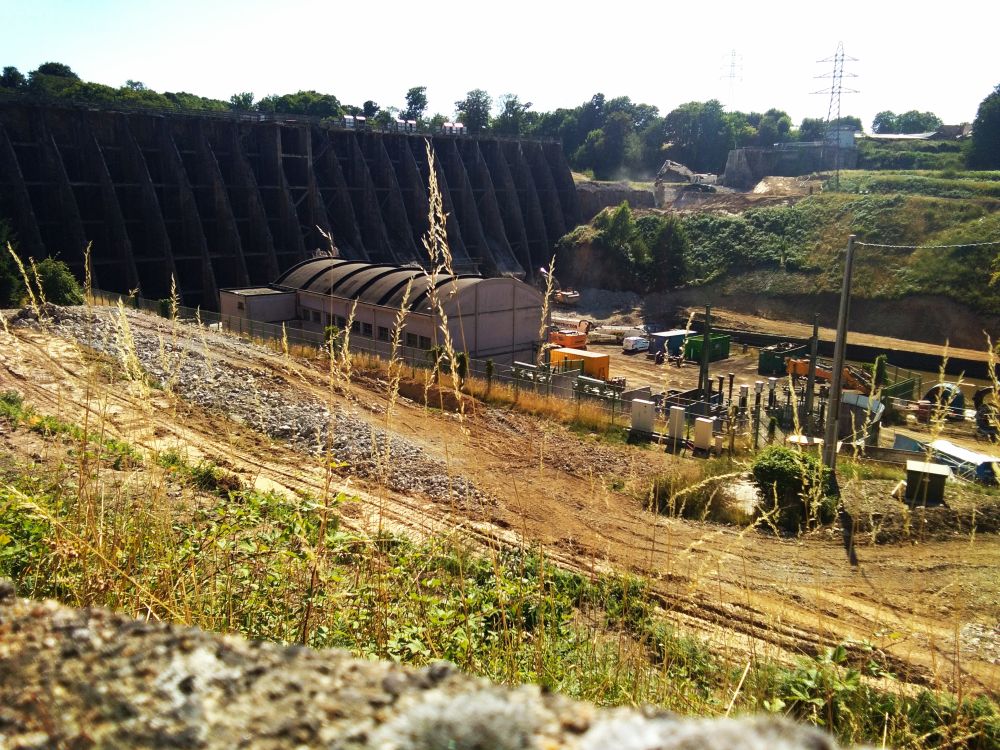
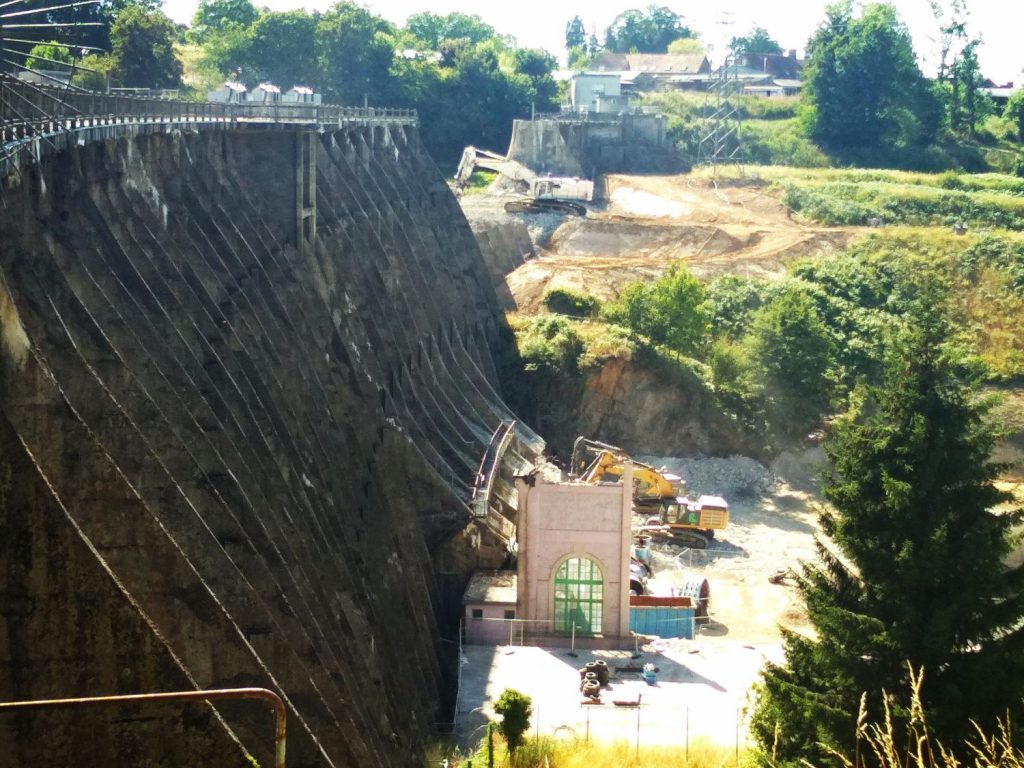
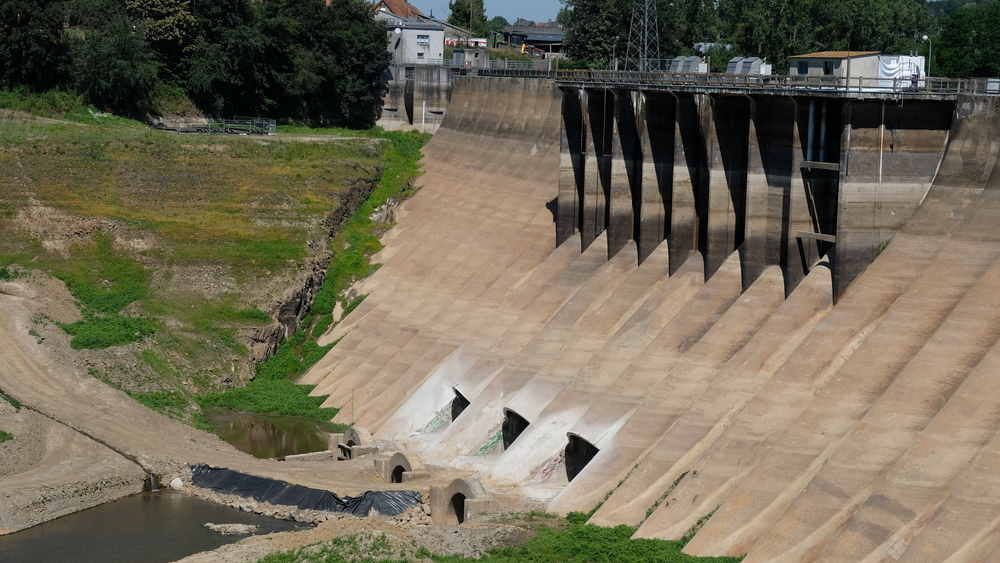
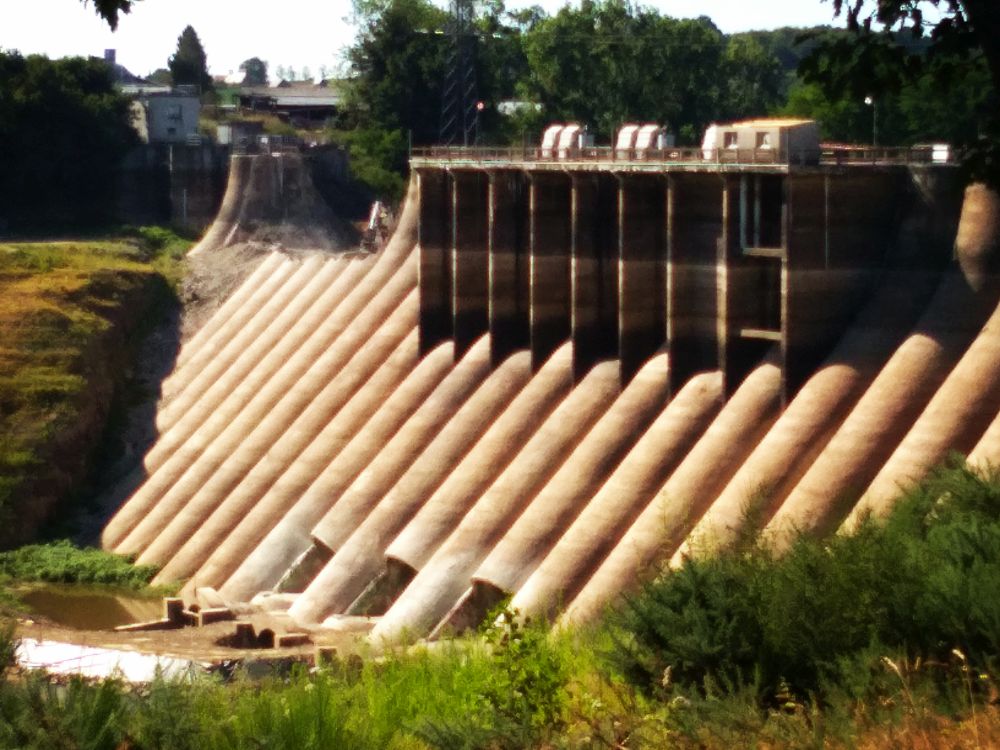
“Boom – Hssh–Boom”: several dozen spectators are looking at the ongoing destruction from the high shore. Big white machine at the top of the “destruction site” hurts the dam again and again widening a giant hole in its upper lateral part. My imagination all of a sudden finds analogy between my own lateral chewing tooth removed a month ago and breach made in the proximal vaulted body of the dam, which looks like a giant jaw. I struggle with a funny wave of empathy felt for destroyed dam…
25 different posters display different views on dam demolition from active support to deep regret. Alas, I have not learnt my French… Looks as there is also an opposition to dam removal, which is quite understandable after 100 years of coexistence with local communities. A public park immediately upstream from the dam is full of recreation facilities, which now overlook deep empty gully instead of artificial lake. In Russia small dam decommissioning was often blocked by local people, who insisted that those reservoirs became part of their environment….
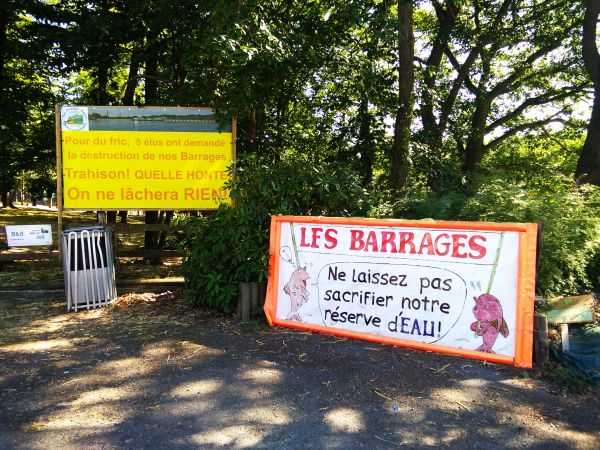
Upstream of Vezins’ dam vegetation is starting to retake the banks and bottom of the former reservoir. Stumps of old trees killed by reservoir filling still stick out of the gradually greening landscape…. On weekday evening at least 40 motorcycles and cars are parked nearby and several groups of people gaze into the scene of destruction. Most faces bear grimace of deep discombobulation, spectators walk along the river reading dozens of posters some hand-painted, some printed. Mass-education about development choices is going on in a very appropriate place at the most appropriate time. Full demolition will take two years, so it is a long environmental education project.
“Boom-smash-hashh-boom” is still roaring in my ears – it looks like dam demolition goes round the clock…probably, seeking to open waterway before next salmon migration….

The Salmon and the eel are present in the Selune River estuary and a small free-flowing downstream section. In the middle of mudflat where the river meets the bay I saw a splendid corpse of adult salmon with crooked nose on which several fat gulls were feasting.
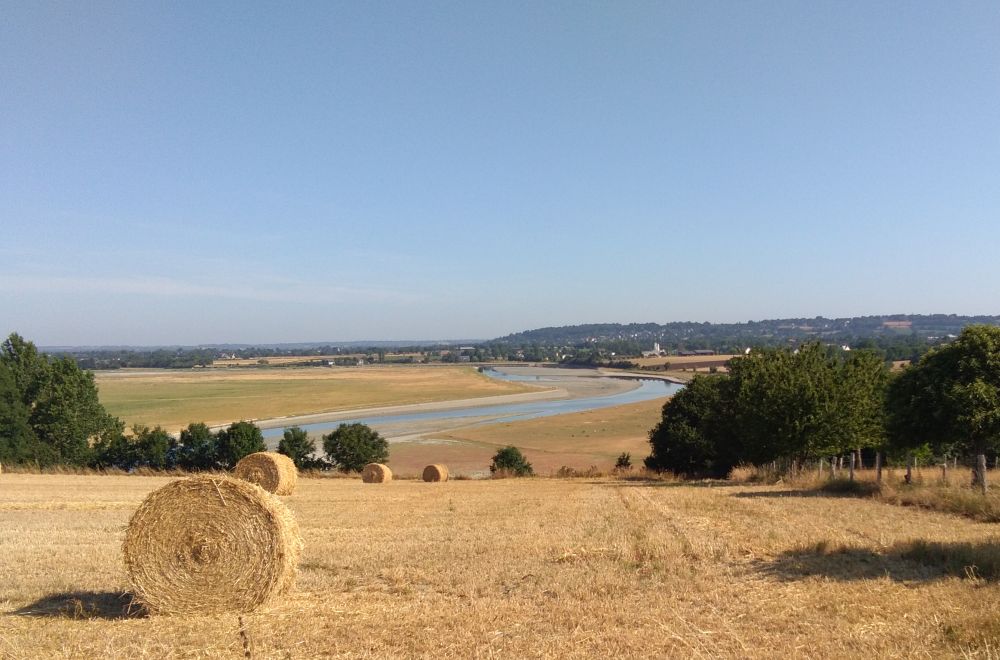
The Mont Saint Michel World Heritage Site overlooks the estuary and , probably, the time will come when the free flowing Selune River is added to the majestic historic castle as a key natural feature in a new mixed natural-cultural inscription onto World Heritage List “Mont Saint Michel, The Estuary and Selune Riverscapes”.
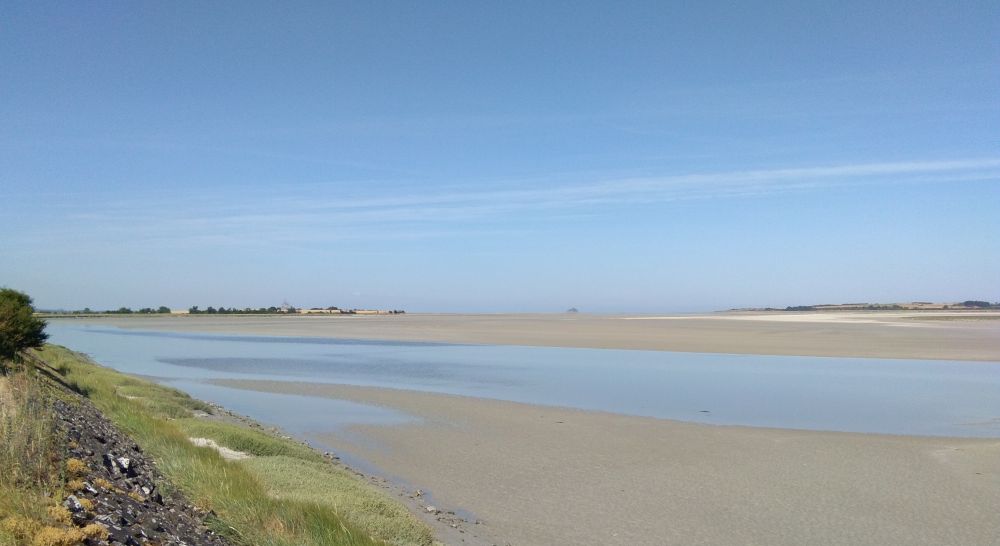
After 2021 I hope to come back with my family to see fully liberated river and old St.Michel Abbey to which it rolls its waters….
From 24 to 26 September 2019, European Rivers
Network organises an
international conference on dam removal and restauration of the Sélune river
:
“SELUNE VALLEY REVIVAL” Infos & Registration

